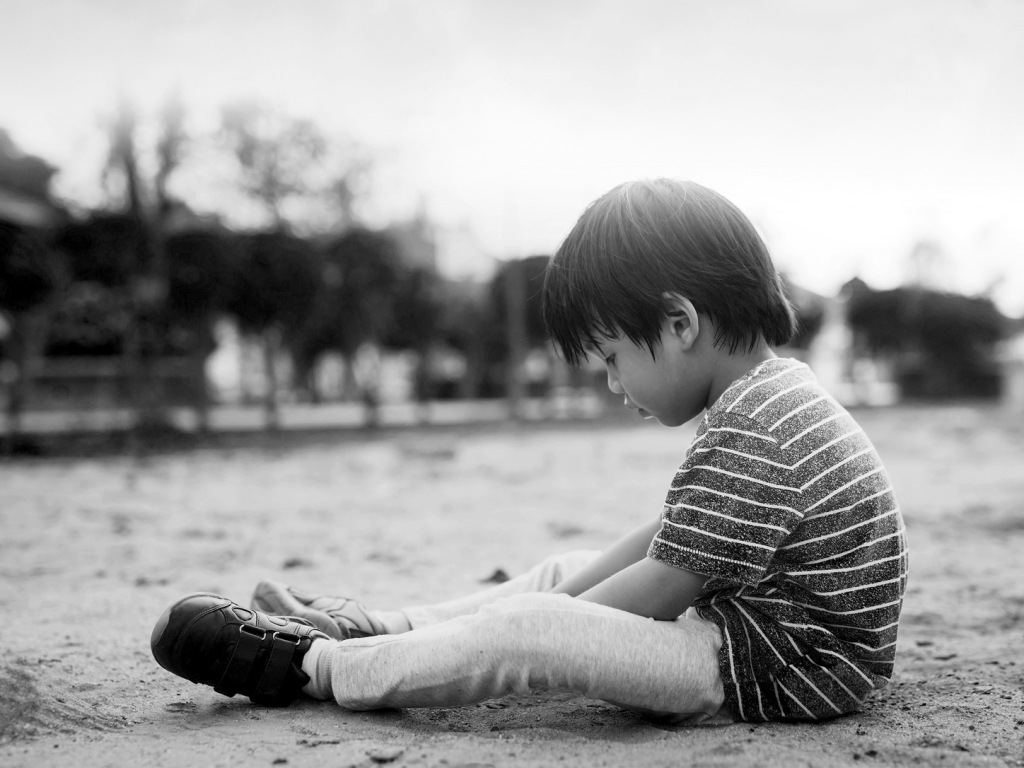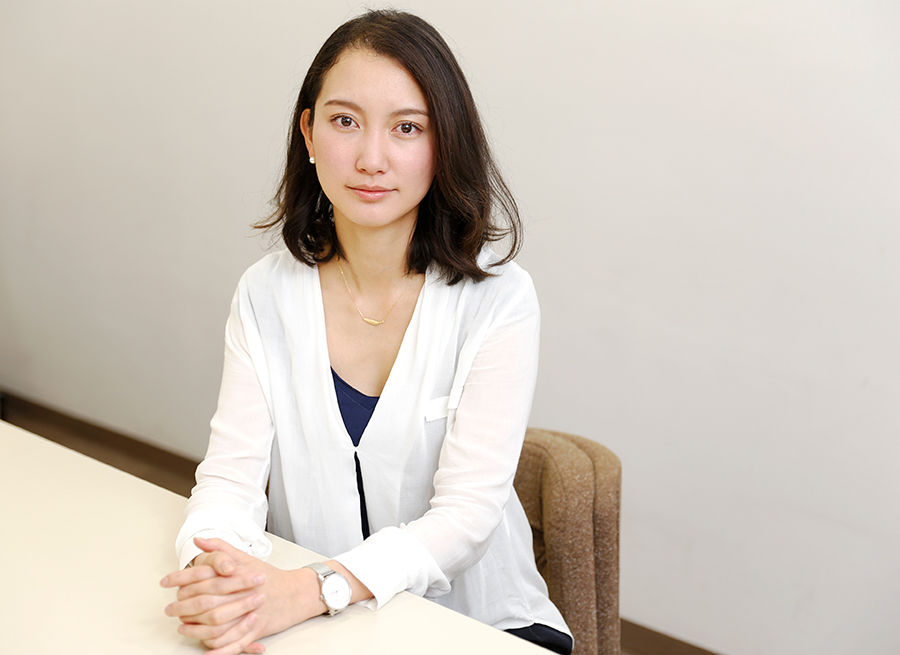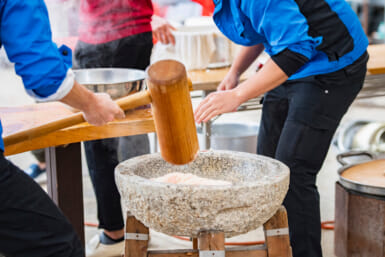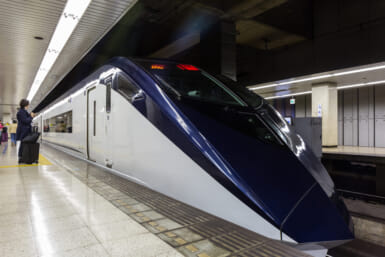When Hiroko Kondo opened Japan’s first children’s café (kodomo shokudo) in 2012 she had no idea the impact it would have. Owner of a vegetable shop called Kimagure Yaoya Dandan, she decided to use the space to create an environment where children — either living in relative poverty or left alone in the evenings — could eat healthy dinners twice a month at heavily discounted prices. Five years on and there are now hundreds of stores like it throughout the country.
Children’s Cafeterias
“A friend working at an elementary school nearby told me one student wasn’t eating properly because of a sick mother,” Kondo says. “She wasn’t able to cook so there were days when the child would eat school lunch and a banana, and that was it. You see so much food around, it shocked me that there were people not getting enough. I wanted to do something, but it took me two years to decide, and by the time I finally did, the child in question had left home to live in an institution. I regret waiting so long, yet at the same time I’m glad this café has inspired others to do something similar.”
Kondo estimates there are around 400 children’s cafeterias in Japan right now. Some offer meals for free, occasionally with the proviso that the children help out, others charge a small amount. At Dandan — located in Hasunuma, Tokyo — minors can enjoy an organic meal for the price of one coin; any coin. Initially bimonthly, the service is now open every Thursday from 5:30 p.m. During our visit, the shop, which seats around 20 people, filled up quickly. On other days, the place is often used as a classroom with lessons for adults and kids.
In Tokyo’s Toshima district, Chieko Kuribayashi’s non-profit organization Wakuwaku has taken things further. “As well as the cafés and learning centers, we have a play park for children left alone after school because of parents’ work commitments,” she tells us. “We’ll soon be starting a service called Wakuwaku Home which will see volunteers visiting various houses simply to lend an ear.”
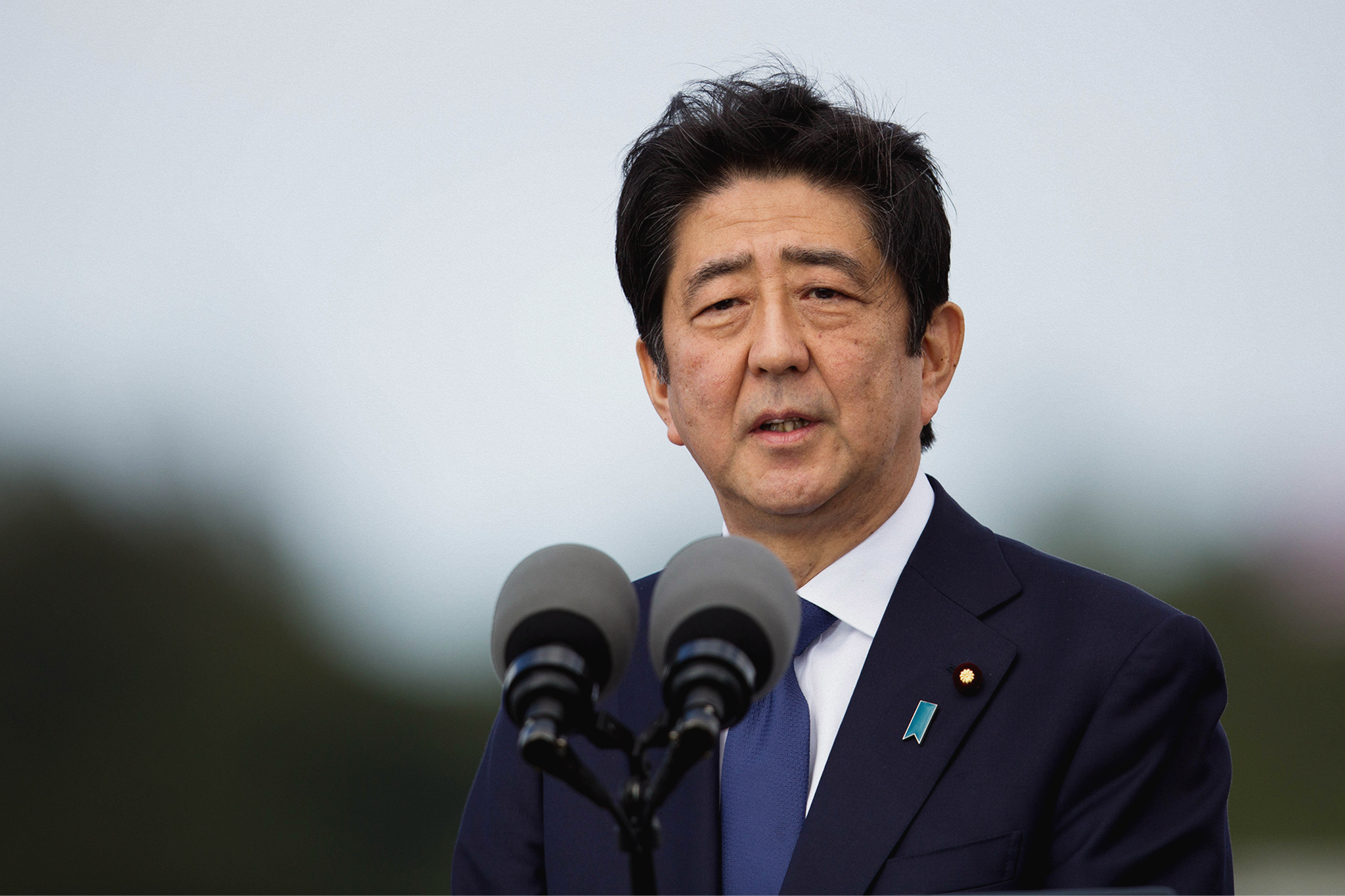
Shinzo Abe | Anthony Quintano
‘No Way’ Japan is in Poverty States Prime Minister Abe
Outside of Toshima, Kuribayashi, who launched the NPO in 2014, networks with other volunteer organizations including Kondo’s group, and both ladies are pleased with the recent work that’s being done from the bottom up in Japan. When it comes to the government, though, they’re not so positive. At a Diet committee session last January, Prime Minister Shinzo Abe stated that there was “no way” Japan was in poverty, and that by global standards the country was “definitely one of the wealthiest.” The most recent survey on child poverty, however, appears to refute his claims.
According to the Ministry of Health, Labour and Welfare roughly one in six children (16.3%) in Japan under the age of 18 were living in relative poverty in 2012. The measurement of relative poverty — defined by the Organisation for Economic Co-operation and Development (OECD) as those with incomes at or below half the median national disposable income — has been dismissed by some politicians in the Liberal Democratic Party (LDP), yet whichever way you look at it, Japan’s current economic situation is not as rosy as the prime minister makes out. Figures for single-parent households are even more startling: 54.6% are reportedly living below the poverty line, the highest among the OECD member countries.
Number of Single Mothers Growing
Over the past four decades the number of single mothers in Japan has increased from an estimated 626,200 in 1973 to more than 1.2 million. Concerned about the growing numbers receiving dependent children’s allowances, the government introduced reforms in 2003 that encouraged single mothers to work. The current employment rate for single mothers is around 80%, however less than 40% work full-time. Many require one or two part-time jobs with little pay and not enough time to spend with their kids.
Last year, the children’s allowance (which depends on income) for one-parent families increased slightly from ¥9,780-¥41,420 per month to ¥9,990-¥42,330. Shizuoka Prefecture resident Ruko Yamagata, whose son recently started elementary school, receives ¥42,320 while also working for a suit company. She earns enough to cover food and bills, but not much else. “I only work a few hours because it’s important to be there when my son comes home,” Yamagata says.
“The money I get is barely enough to put food on the table. Days can be physically and mentally draining. Things have become easier since he graduated from kindergarten, but in the future, you have cram school and club activities to consider. It feels like a constant battle.” After Yamagata divorced her ex-husband, he began paying what she describes as “a small amount” to assist with their son’s upbringing. The money was reduced after he had another baby with his second wife, and Yamagata is not sure if the payment will continue.
A Poverty That’s Difficult to Identify
Hayato Hanaoka, program director at The Nippon Foundation and author of the book Kodomo no Hinkon ga Nihon wo Horobosu (Child Poverty May Destroy Japan), says that this situation is common in Japan because of weak divorce laws. “After my father left he didn’t pay any child allowance,” Hanaoka tells us. “When couples agree to a divorce by mutual consent, noncustodial parents are usually obliged to pay something for the upbringing of their kids, but this isn’t enforced. Many single parents will receive money initially, then it will stop and there’s nothing they can legally do about it. The financial burden can be great because the government offers little support.
“It’s a kind of poverty that’s difficult to identify,” continues Hanaoka. “Kids from poor backgrounds often have cellphones and computer games, so on the surface everything looks fine, yet dig deeper and you see families struggling with the cost of education. Some can’t afford cram school, leaving their children at a serious disadvantage. Future prospects for students from single-parent families are much bleaker because their grades are generally lower, and a significantly smaller percentage go to university. We estimate that the lifetime income of children currently aged 15 in Japan will be reduced by ¥2.9 trillion. That will cost the government around ¥1.1 trillion.”
Numerous Japanese NPOs have implemented initiatives attempting to break this chain of poverty, including Ashinaga, which provides interest-free loans for students who’ve lost a parent and are struggling financially. Last year, The Nippon Foundation opened a facility in Saitama called Third Place where up to 20 elementary school children can go five days a week between 2 p.m. and 9 p.m. to play, study and get a hot meal. The plan is to open 100 of them by 2020.
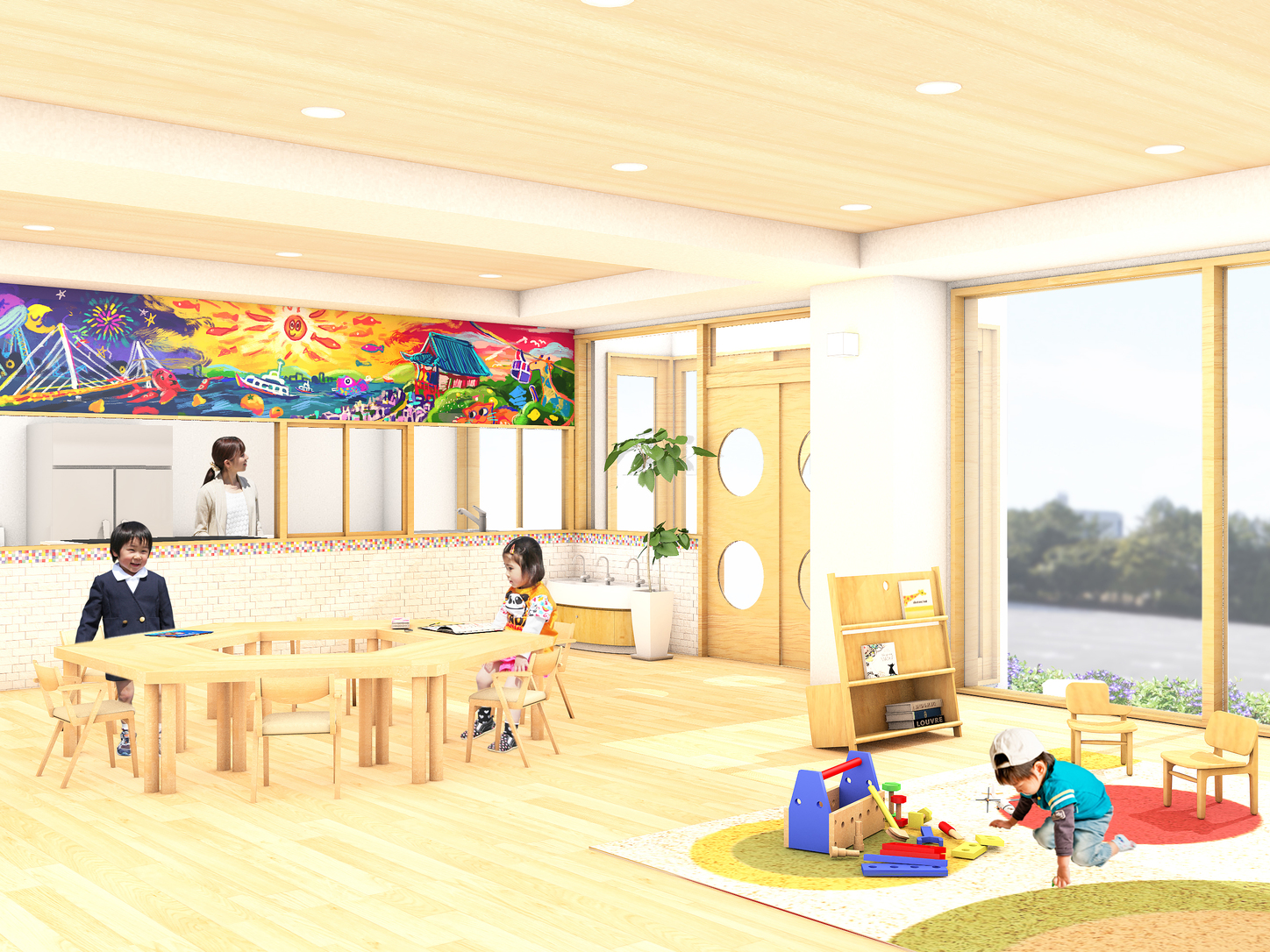
The Nippon Foundation’s Onomichi facility for children
Providing Counseling and Tutorials
“The substantial difference between our service and children’s cafés or free cram schools is outreach,” Hanaoka says. “Children aren’t going to voluntarily raise their hands, so we knock on doors and visit schools to hear about potential problems. We assess their needs, then provide counseling and one-on-one tutorials. The target is children aged 7 to 10 because that’s a very important time in terms of personal and educational development.”
The main goal of the project is to investigate the long-term effects of academic programs for children in low-income families, research that Hanaoka feels is lacking in Japan. He believes it’s an issue the government cares little about, despite the ratification of the Law on Measures to Counter Child Poverty in 2014.
“It was the Democratic Party that pushed for the new law,” Hanaoka says. “The LDP just jumped on the bandwagon as it makes it look as though they are doing something for kids in need when they don’t actually seem to care. With little investment and no specific monetary targets for this act, it feels like nothing has changed. What it has done is raise awareness about the issue and that’s something we need to keep pushing.”

